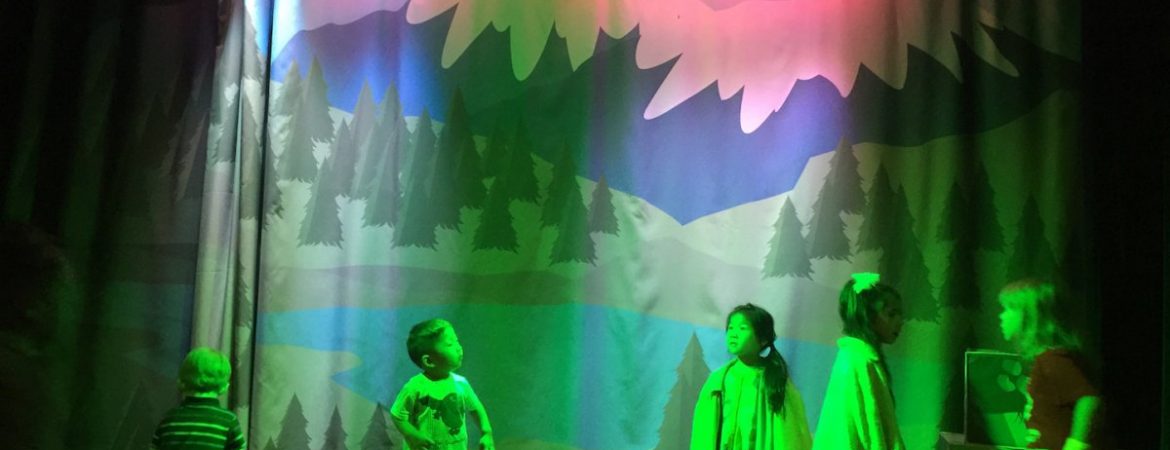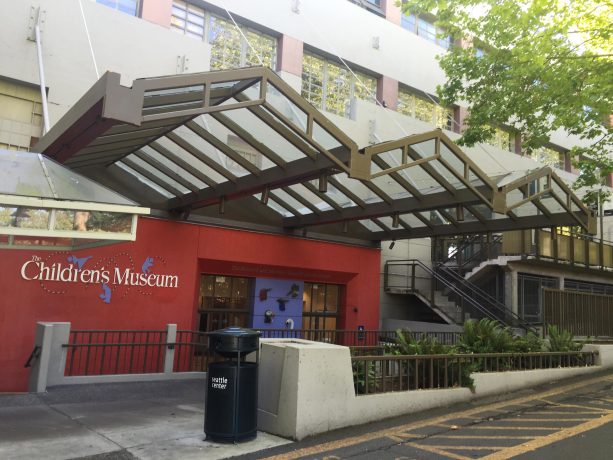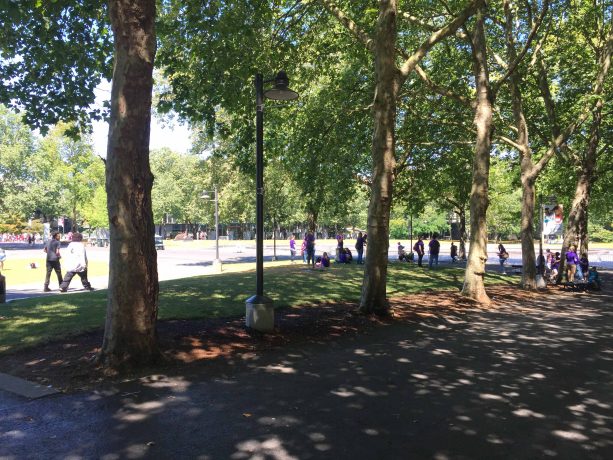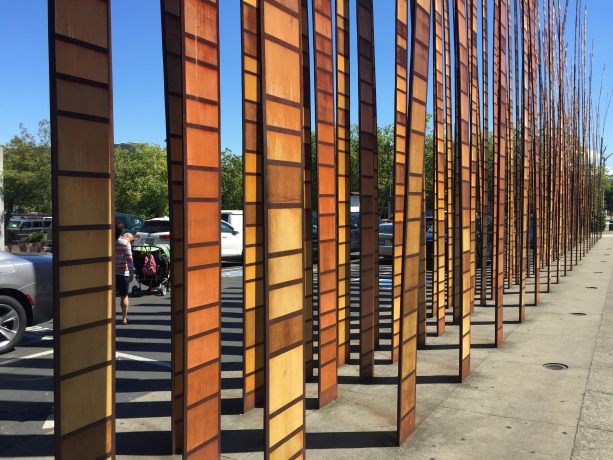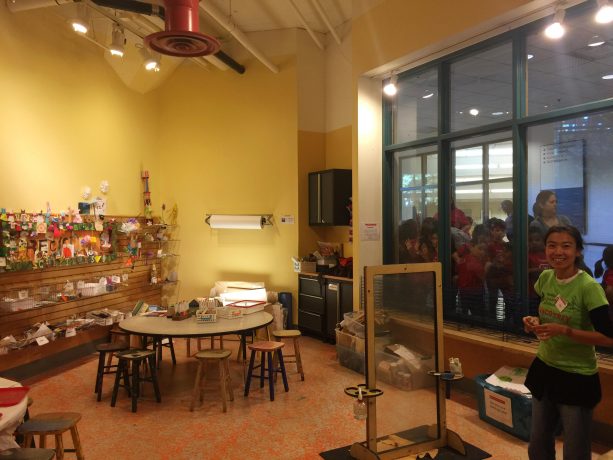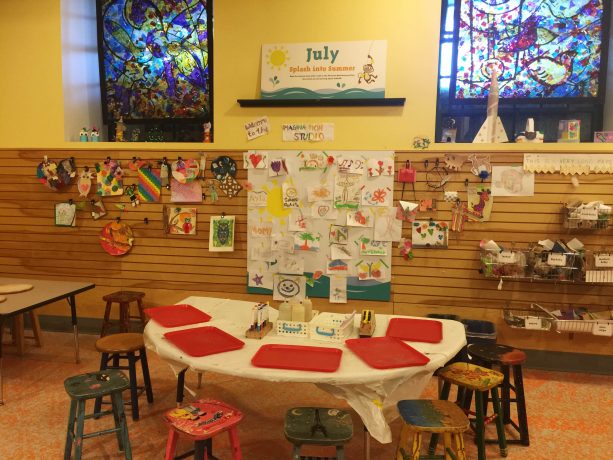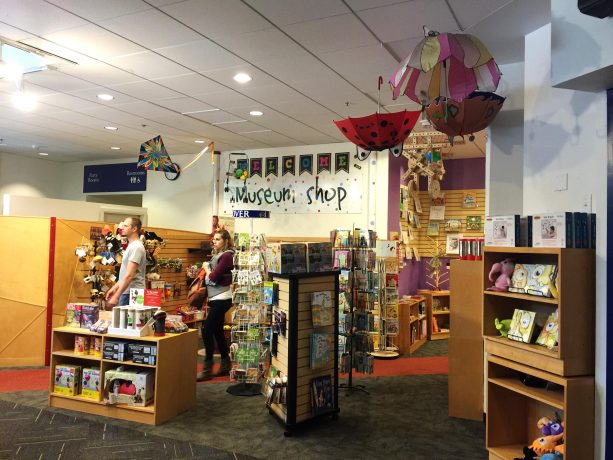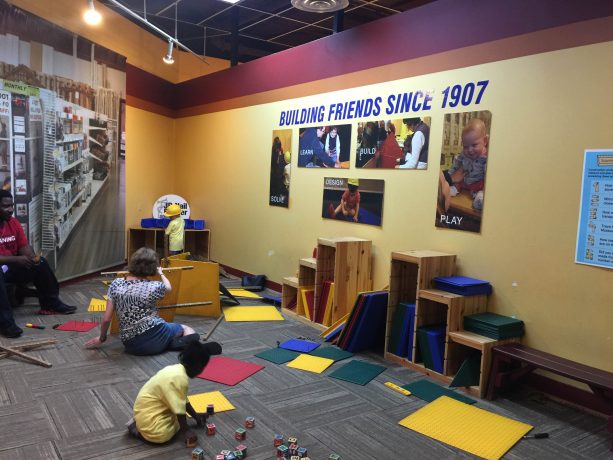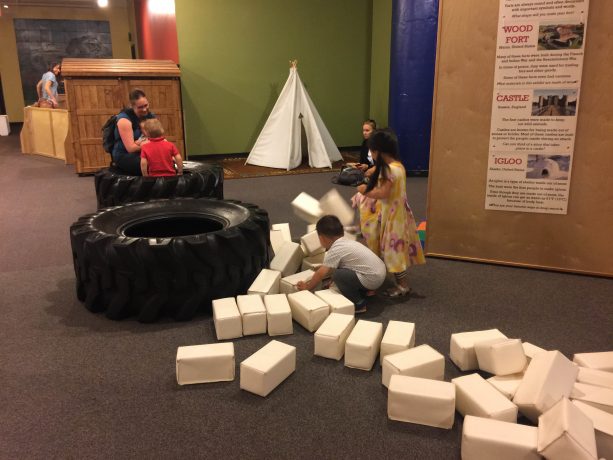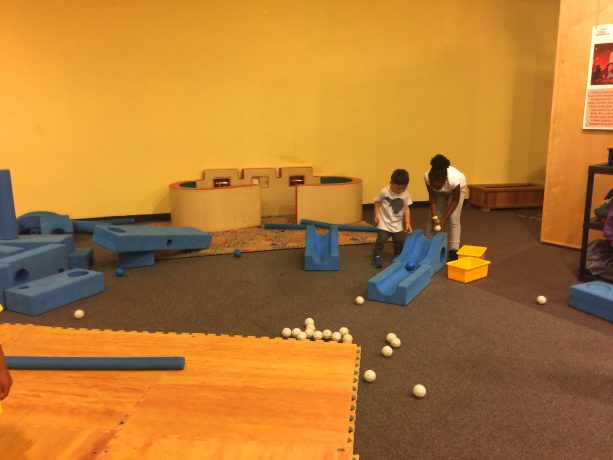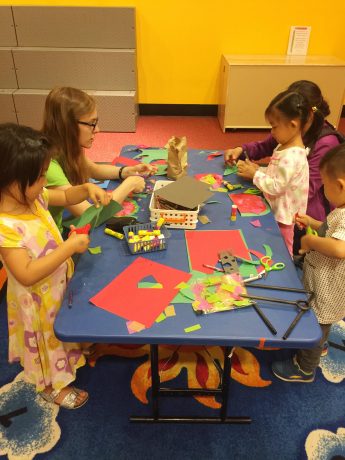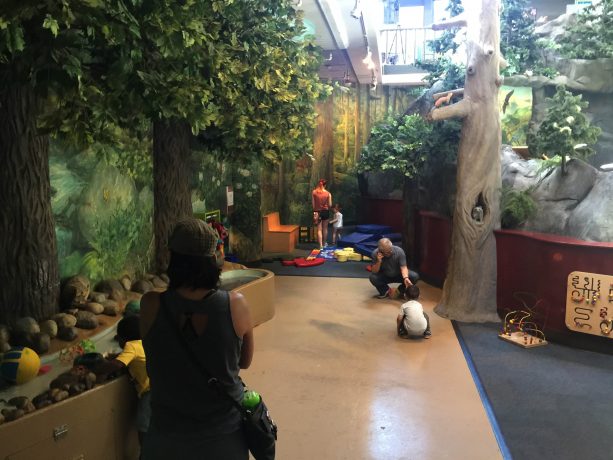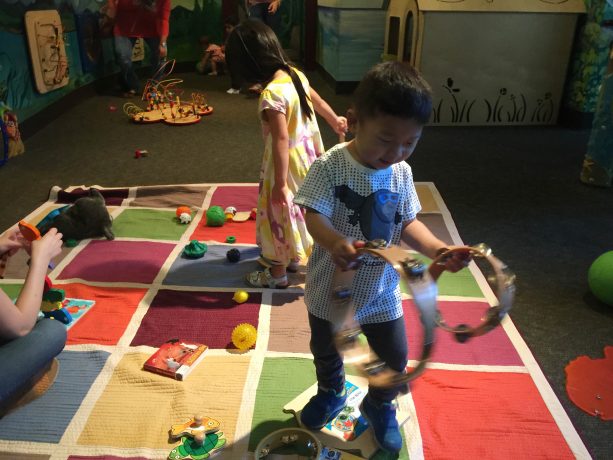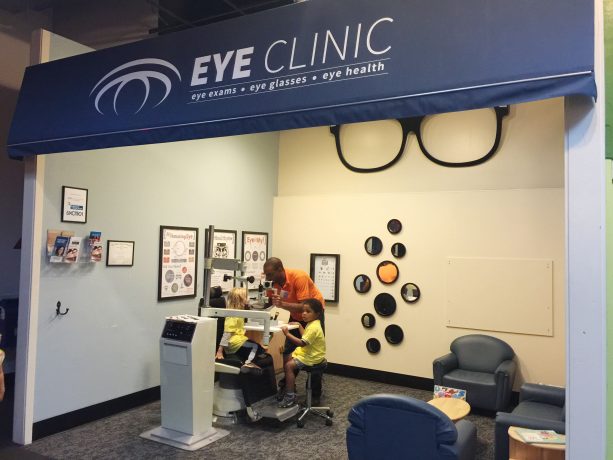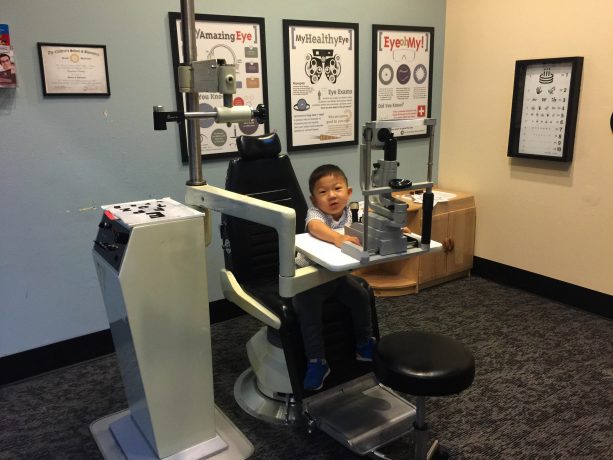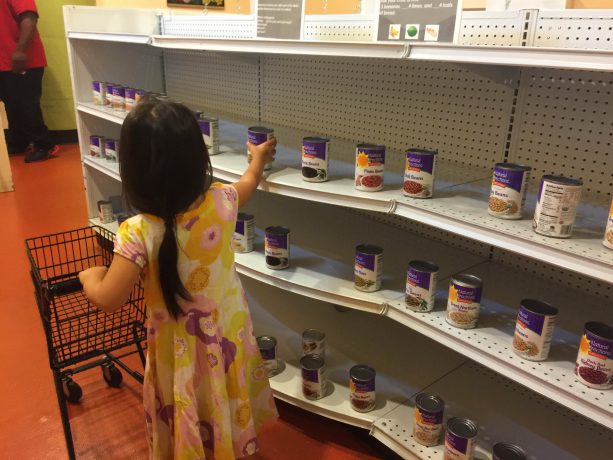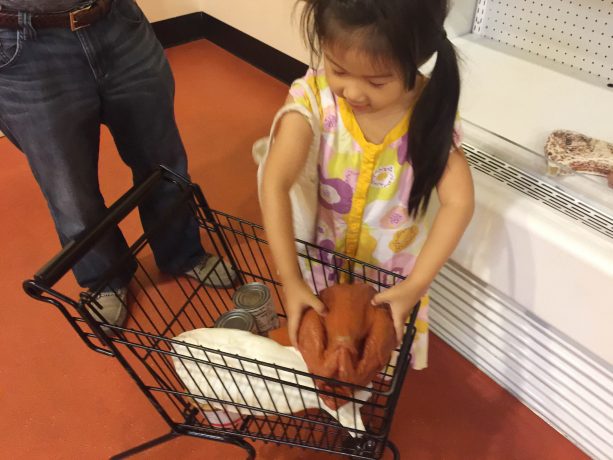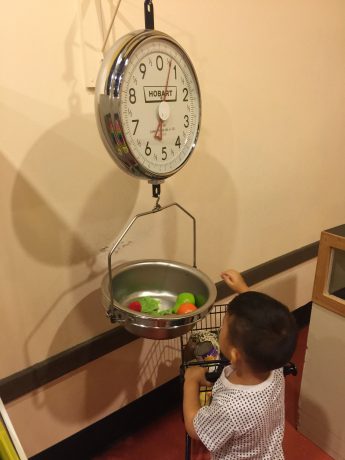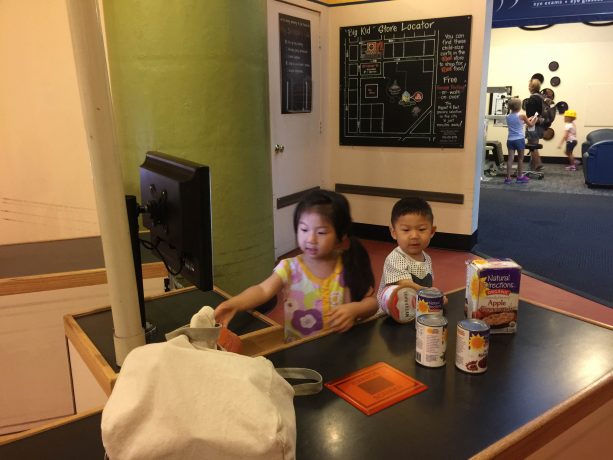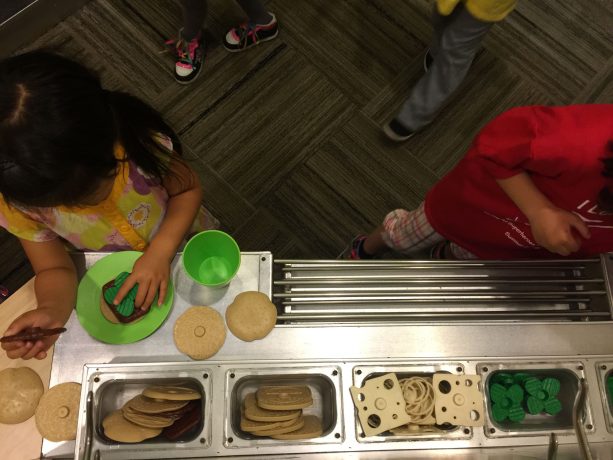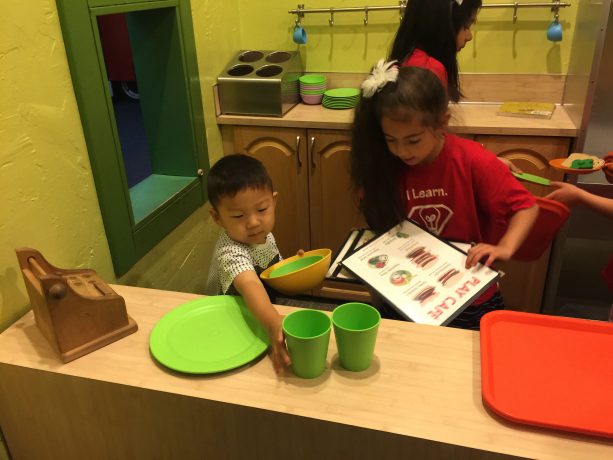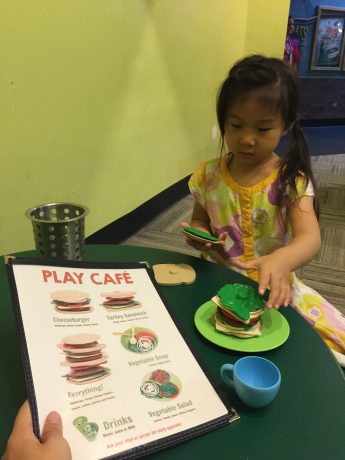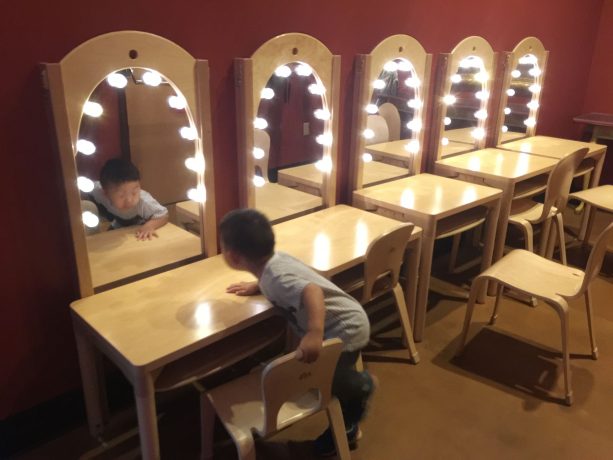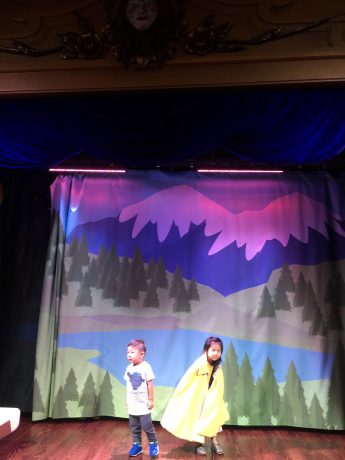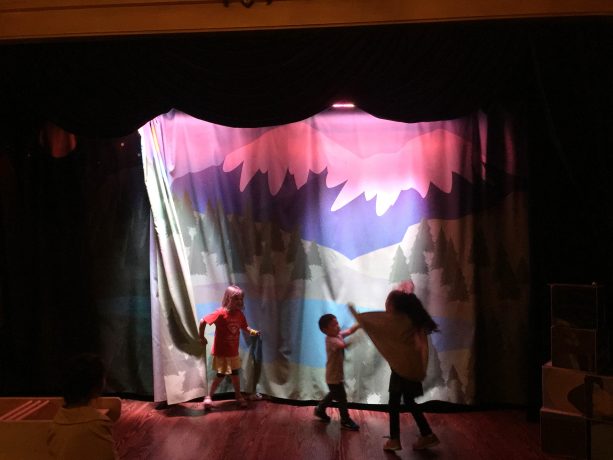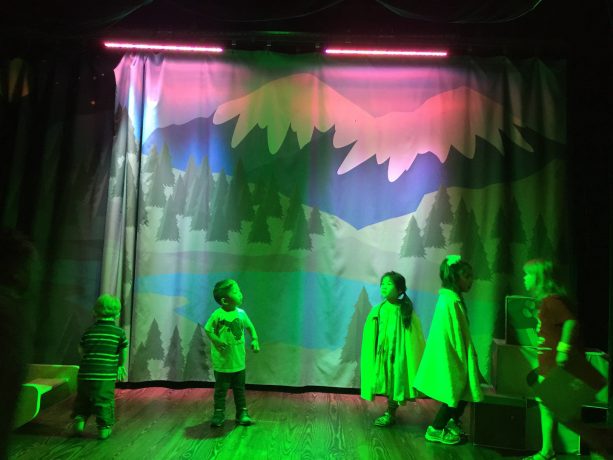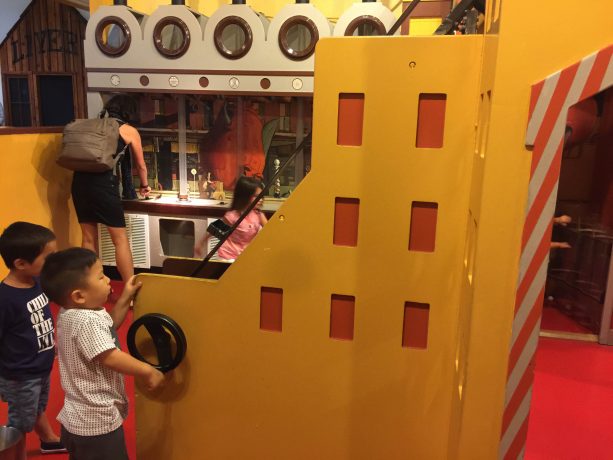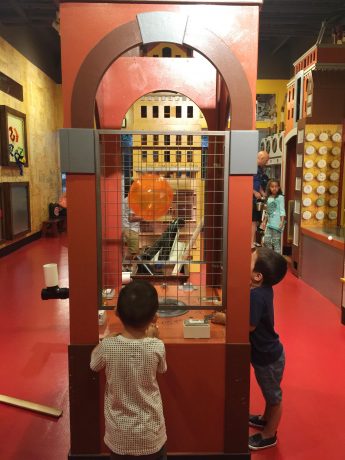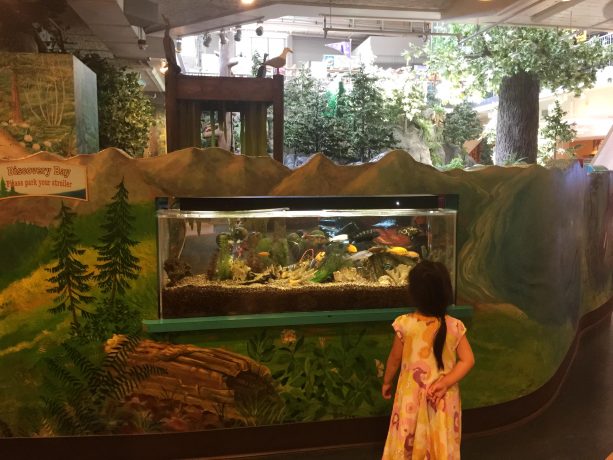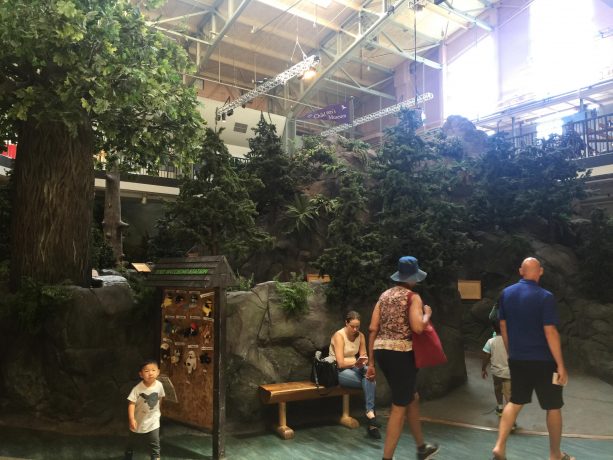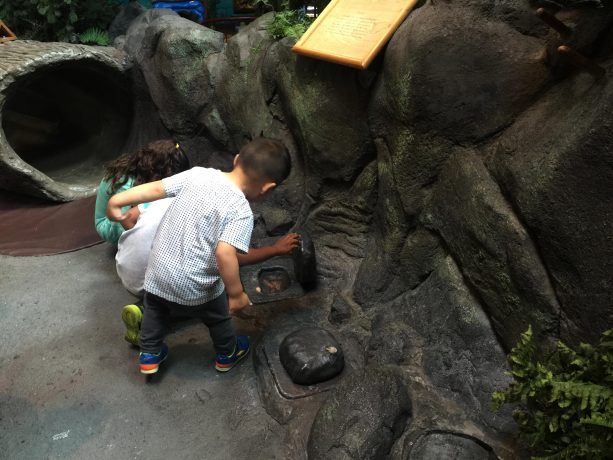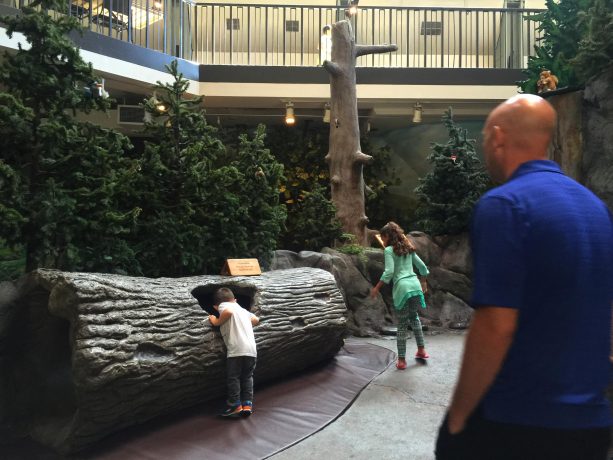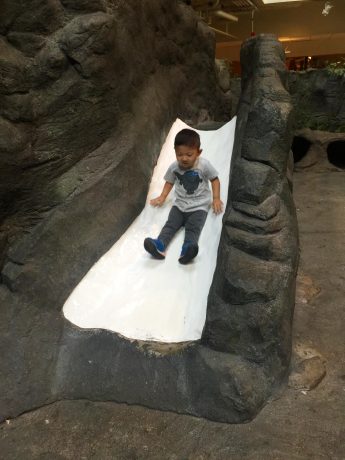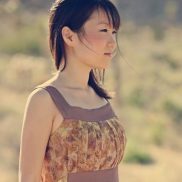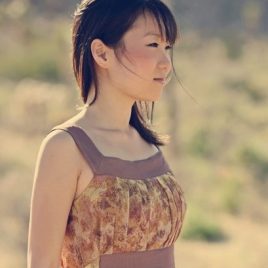The Seattle Children’s Museum is located at the epicenter of downtown Seattle at Seattle Center and steps away from its’ most iconic structures such as The Space Needle. It’s partnerships, dedication to education through interactive and cultural programming and community outreach make it a truly unique and stand out kid’s museum. MuSEEum KIDS had the pleasure of touring with and chatting with Kirk Laughlin, the Director of Advancement and Amy Hale, Director of Education. We were fortunate to get a thorough glimpse into what makes the museum so special and inviting – most special of all being the passionate pursuits its leaders.
The Museum was founded in 1979, originally as a single exhibit in Seattle’s International District / China Town, where the Wing Luke Museum of the Asian Pacific American Experience is today. It subsequently became a store front in Pioneer Square, Seattle’s richly historic neighborhood home to its historical buildings. After a few years at the location, be invitation of the City of Seattle, the museum moved into the Seattle Center Armory in the early 1980s.
The building was originally remodeled for the 1962 World’s Fair, featuring many now gone then-state of the art structures and spaces. The museum underwent several major expansions between 1983 to 1995 which took it from 10,000 SF to 22,000 SF of exhibit space. It’s focus is on educating children from birth to 10 years old through interactive programming, and offers educational and cultural activities throughout each day.
A child can experience making home-made playdoh, star charting or even learning some sign language in a course of a day at the museum. Story times are offered in the main library which houses structures to build with, a playground, tents and tires, noodles and Legos. They believe in the seriousness of learning through play. We were delighted to notice that the museum seemed in line with Waldorf educational philosophies, as confirmed by Amy Hale that it is so by design. She mentioned that inspiration also stems from the Reggio Emilia Approach - which aims to allow each child to learn through their own unique natural development and curiosities, relying heavily on hands on learning through practical and artistic methods.
Some of it’s many cultural partnerships include the Pacific Northwest Ballet, Broadway Across America which offer artists and actors come to hold workshops for the children. Other past special cultural events include West African Drummers and Chinese Lion Dancers as a part of the Chinese New Year Celebration. It’s not hard to imagine why the museum boasts over 180,000 visitors annually with over 9,000 active museum members. Digitally, they have over 5,000 unique visitors to their website each week and over 16,700 e-newsletter subscribers.
The main town square area was an incredibly fun experience for MuSEEum KIDS – they could have spent the entire afternoon there alone. The Eye Clinic was developed in conjunction with the Optometric Association in Seattle to promote kids to play in and with the equipment and tools in the hopes to disseminate fears of going to the eye doctors. Frequently, real Physicians will come in to educate and engage as well.
The Metropolitan Market, a kid-sized grocery store, was created with the high end local grocery store chain, Metropolitan Market, as an open play area with market items, scanners and grocery carts. My daughter, especially, had a ball stacking cans, veggies and meats into her cart, checking herself out, bagging her items, and starting again with a different menu in mind. She frequents grocery stores with me, and toting her own kid-sized cart to help with shopping is one of our favorite activities together, so it was a real treat to have playtime in a similar environment. As Kirk Laughlin mentioned, the exhibits are encouraged to be open play and do not present a structured way to use the space, to promote imaginative play. They do have specialized educators who come in to provide regular programming to teach on certain topics, such as making mozzarella. How fun!
Other exhibits were developed partnering with local vendors such as the Dunn Lumber hardware area which provides more opportunities for creativity with foam shapes, nuts and bolts, and more. The recent activity held for “Garden Month” at the Museum had a program to design and build garden architecture with given materials. The Play Café was another huge hit with the kids. The well designed exhibit with premium pretend food and other play restaurant toys has an enclosed area for younger siblings (common throughout the museum), and was an excellent spot to sit down at the tables, order some lunch and have the kids go to the kitchen to make sandwiches and salads on restaurant supply rails.
Ordering off the adorable menus were just as fun for the adults as the kids.
The recently renovated and most attractive exhibit was the Bijou Theatre, which is a play theatre with working backdrops, sound and light control board, and costumes. The space is not only an amazing place to put on an impromptu performance with fellow museum goers, but is also used for vendors who come in for immersive Storytime experiences. Discovery Bay, a large play area for the 3 and younger crowd, was amazing for my 2-year-old son.
He had a particularly fun time experimenting with musical instruments during a play time programming session. Another of his favorite exhibits was COG City, which focuses on the science of motion through cause and effect. He loved operating the conveyor belt and seeing the ping pong balls drop through the other side, and testing out all the hardware to make a beach ball float. We were able to catch a special craft session and left with a couple of paper watermelons in hand.
Some other highlights of the museum are the Global Village exhibit, home to mini Ghana, Philippines and Japan complete with interactive rickshaw and sushi station. Imagination Studio is an art space, open to all and popular with school groups with projects that coincide with the month’s theme in the Museum. The Mountain is a huge structure in the center of the museum which is great for exploring through and learning about the natural world of the Pacific Northwest. A hugely exiting Marble museum is in the planning and design stages. It is proudly on working display inside the main conference room within the administrative offices. This portion of the museum will not only be a huge draw for kids but also for adults as well as marble enthusiasts. They are working in close collaboration with marble collectors to also display the rare and antique, and are in talks with neighbors the Chihuly and EMP museums for specialized experiences. It will be interactive for both kids and adults alike, and we are anticipating our next visit to see this exhibit in action.
Their community outreach includes partnering with local schools, providing special assistance to the low income and at risk communities, and providing special “sensory sensitive” Saturdays specifically for children with Autism.
We were impressed by the museum’s philosophies and were enamored by watching it come to life through my kids experiences. We were especially taken with the Directors’ eagerness to share their passion for education and easily apparent dedication to not only the Seattle Children’s Museum but also to the city and community they resided in. This is no doubt the x-factor, the unseen magic, that makes for a most special experience not only by the MuSEEum KIDS but undoubtedly every museum goer that comes through its doors.
